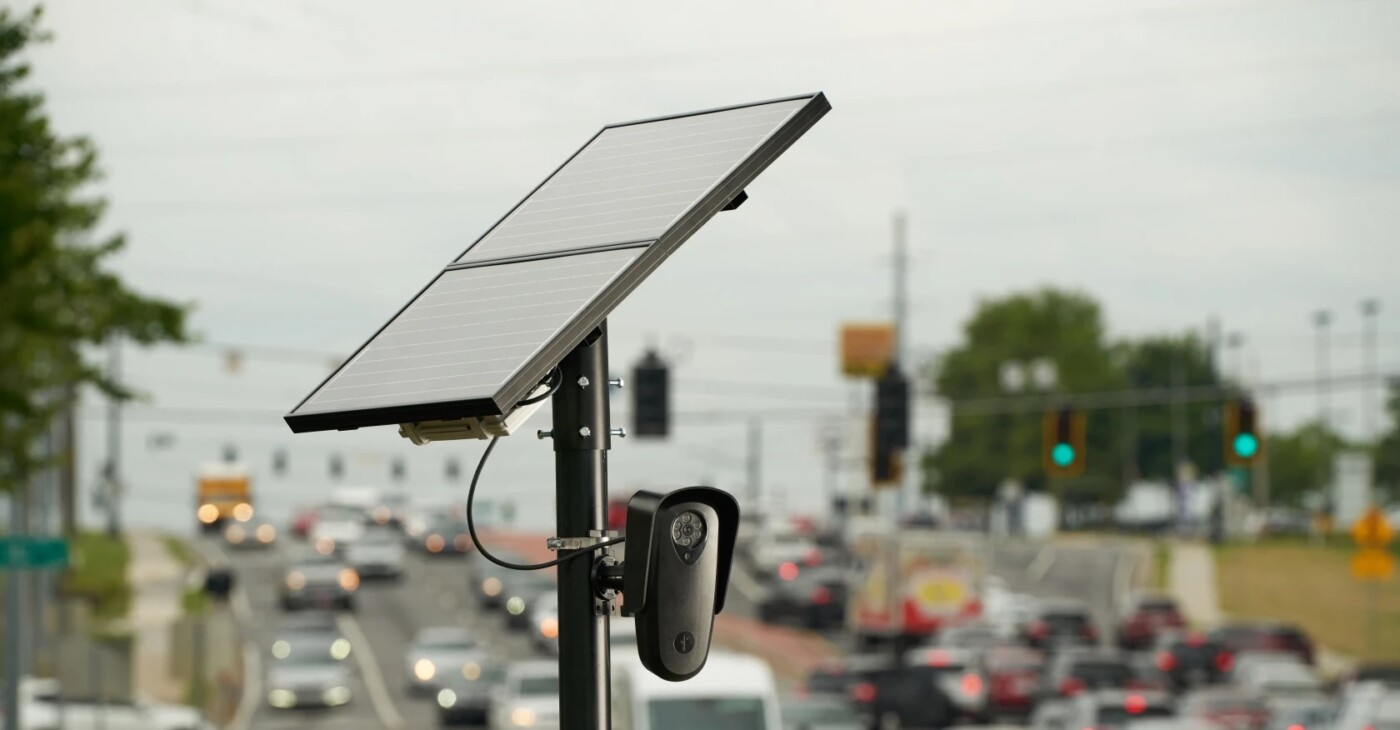California Gov. Gavin Newsom announced Friday the installation of 480 high tech surveillance cameras in Oakland and other East Bay communities as part of the state’s effort to help combat crime in the region.
Newsom said the California Highway Patrol is contracting with a private security company, Flock Safety, to place 290 cameras on Oakland streets and 190 on some unspecified East Bay freeways.
“This investment marks another step forward in our commitment to bolstering public safety and tackling organized crime and roadway violence in Oakland and across California,” Newsom said in a news release.
The new cameras will allow investigators to identify vehicles by searching for “crime-linked vehicles by vehicle type, make, color, license plate state, missing/covered plates, and other unique features (e.g., bumper stickers, decals, and roof racks),” according to the governor’s office.
The camera system also features real-time alerts that will tell law enforcement agencies when it has identified a suspected or wanted vehicle.
The camera footage will be stored for 28 days and isn’t supposed to be shared with anyone not affiliated with the state’s law enforcement agencies, Newsom’s office said.
Oakland Mayor Sheng Thao said she welcomes the new cameras.
“This new camera network will help us stop crime and hold more suspects accountable,” Thao said. “On behalf of all Oaklanders, I want to thank the Governor and the California Highway Patrol for their ongoing commitment and investments in the city.”
Not everyone is thrilled by this latest effort to fight crime in the city of Oakland.
Cat Brooks of the Anti Police-Terror Project said the cameras are largely a PR effort for Newsom.
“This latest salvo from the Governor is merely an effort to burnish his reputation nationally,” Brooks said. “The approach is adopting the same failed strategies we’ve taken for decades. We’ve never stopped sending people to jails, yet crime keeps rising because it’s an approach that doesn’t work.”
Brooks also said that the cameras are likely going to be installed in low-income neighborhoods and communities of color.
